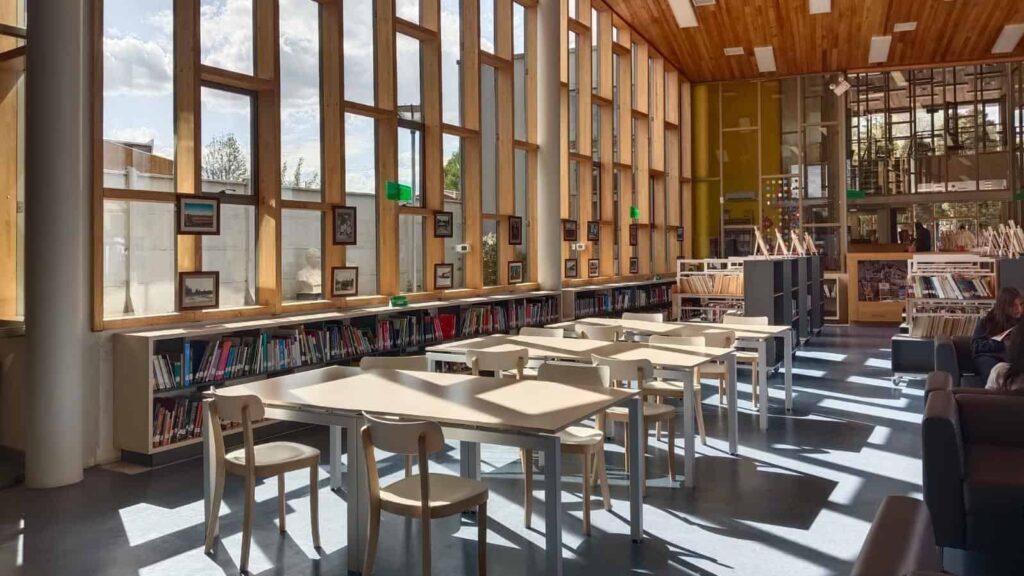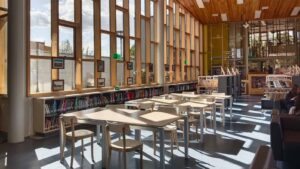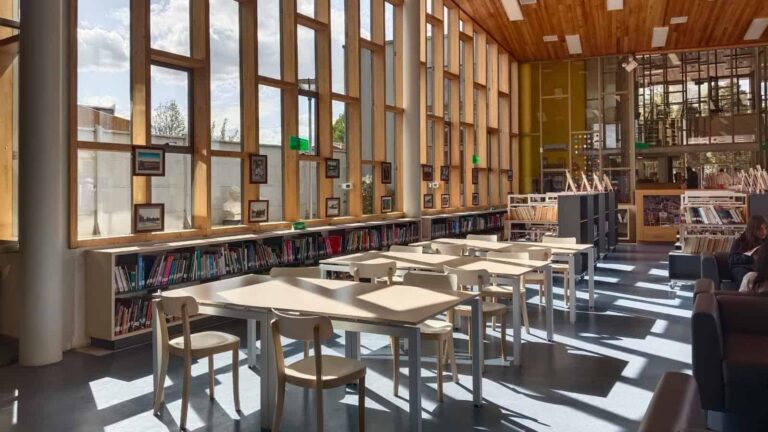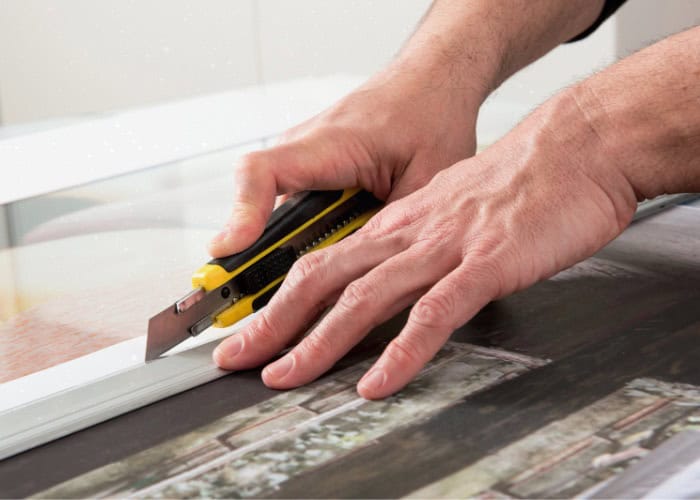User comfort is an essential factor in the design of both public and private spaces. Whether it’s a bustling business facility, a quiet community park, or a private office, the design of a space can profoundly influence how people feel and interact within it. Smart design can maximize comfort by focusing on key elements such as layout, lighting, ergonomics, and accessibility. In this article, we’ll explore how smart design decisions can enhance comfort in various environments, with a focus on creating spaces that serve the needs of the users.
Table of Contents
ToggleThe Role of Smart Design in User Comfort
Smart design goes beyond aesthetics—it is about creating spaces that prioritize functionality while also promoting a positive experience for users. Thoughtful design can have a direct impact on how comfortable people feel within a space, influencing everything from their physical comfort to their emotional well-being.
For example, a business office with poorly designed seating or a community center with limited accessibility features can hinder user satisfaction. By contrast, well-designed spaces that consider elements such as flow, lighting, and comfort features create environments where people are more likely to engage and feel at ease. These considerations are essential not only for user satisfaction but for the long-term functionality of the space.
Key Elements of Smart Design
The comfort of a space depends on several design elements working in harmony. While each space will have its unique requirements, several factors are universal when it comes to maximizing user comfort.
Layout and Space Flow
The layout of a space is one of the first things that impacts user comfort. When designing both public and private spaces, it is essential to consider how people will move through and interact with the space. Open layouts can encourage social interaction and create a sense of openness, while more enclosed spaces can offer privacy and reduce distractions.
Smart design enhances user comfort in public and private spaces by offering adaptability and catering to diverse needs. For instance, in community centers, modular seating and flexible layouts allow for various event or group requirements. Similarly, business environments can optimize employee comfort by balancing open collaboration areas with quiet zones.
Lighting and Ambience
Lighting plays a crucial role in creating the right atmosphere and ensuring comfort. Natural light is ideal for creating an inviting and energizing environment, while artificial lighting can be adjusted to suit the specific needs of a space. In business environments, adjustable lighting is vital for both comfort and productivity. A dimmer switch in an office can provide a calming atmosphere, while bright, cool light might be more appropriate in communal spaces like break rooms or kitchens.
In places of worship or community spaces, natural lighting combined with warm, soft artificial lighting can enhance the emotional comfort of users. For example, the right lighting can complement architectural elements and create an atmosphere of peace and reflection.
Ergonomics and Furniture Design
Well-designed furniture is crucial to creating comfort in any space. Ergonomic seating, adjustable desks, and thoughtfully placed furniture can make a significant difference in how comfortable users feel. In business facilities, ergonomic office chairs and desks that can be adjusted for different users help promote better posture and reduce discomfort.
Public spaces, such as libraries or community centers, benefit from comfortable seating that caters to a variety of users. Offer various seating choices, such as lounge chairs, benches, and adjustable tables, to ensure everyone finds a comfortable spot for relaxation or work.
Acoustics and Noise Control
The noise level in a space can make or break the user experience. High noise levels can be distracting in workplaces, while too much silence in public spaces can feel uncomfortable. Proper acoustics ensure that a space is conducive to the intended activities while minimizing disruptions.
For instance, offices benefit from soundproof walls or noise-dampening panels to separate areas of focus and collaboration. Public spaces like parks or libraries can use landscape design or architectural features to reduce noise and promote a peaceful environment. In places of worship, the use of high-quality sound systems and strategic room acoustics can enhance the experience, making it easier for congregants to hear and connect.
Applying Smart Design to Specific Spaces
The principles of smart design can be applied to various environments to maximize user comfort. Whether you’re designing a business facility or a community space, understanding the unique needs of each environment can help you create a space that truly works for the people who use it.
Business Spaces
In business environments, user comfort is directly linked to employee productivity and satisfaction. A smartly designed office balances functionality with comfort by offering different spaces for collaboration, focus, and relaxation. Open office layouts can encourage communication and teamwork, while quiet zones help employees concentrate. Additionally, providing comfortable break areas with lounge seating and access to natural light can help employees recharge.
Maintaining privacy and comfort in business restrooms is essential, especially in high-traffic areas. High-quality features like full-length doors and restroom partitions contribute to a clean and functional space where individuals feel respected.
Public Spaces
Public spaces like community centers, libraries, and parks require thoughtful design to serve a diverse range of needs. Flexibility in design, such as modular seating and multi-purpose areas, allows these spaces to be adapted to various activities, from quiet study sessions to social events. Crucially, these spaces should be accessible to all. This includes features like wide doorways, ramps, and clear signage to ensure everyone feels welcome.
Church bathroom partitions offer a smart design solution for places of worship, balancing the need for privacy with community engagement. These partitions are designed to handle high traffic while fostering a welcoming and inclusive environment.
Mixed-Use Spaces
In mixed-use spaces like shopping malls, coworking offices, or recreational complexes, smart design ensures that various functions can coexist comfortably. These spaces often serve multiple purposes, from retail shopping to relaxation and socializing. Smart design in these environments maximizes comfort by creating areas that can transition between different uses. For example, modular furniture in common areas allows spaces to be rearranged depending on the event or crowd size, providing comfort without wasting space.
Sustainable and Smart Design for Long-Term Comfort
Sustainable design is crucial for both environmental well-being and long-term user comfort. Integrating eco-friendly materials and energy-efficient systems not only creates a more comfortable environment but also lowers operational expenses. Features such as solar panels, energy-efficient windows, and smart heating/cooling systems contribute to lasting sustainability, ensuring consistent, comfortable temperatures throughout the year.
For instance, sustainable design elements like natural ventilation and green roofing systems enhance air quality, fostering a healthier, more comfortable atmosphere in both public and private areas. By merging sustainability with intelligent design, spaces can remain comfortable for many years.
Conclusion
Thoughtful design is crucial for creating comfortable and inviting spaces, whether for business, community, or religious purposes. By prioritizing user comfort, designers can enhance how people interact with their surroundings. Key elements include optimizing layout, lighting, ergonomics, and acoustics to ensure both public and private areas are functional and pleasant. Integrating adaptable features like bathroom partitions and versatile furniture helps accommodate diverse user needs, leading to lasting comfort and satisfaction. Smart design, therefore, is essential in shaping spaces that positively influence our daily lives as we continue to prioritize the user experience.











